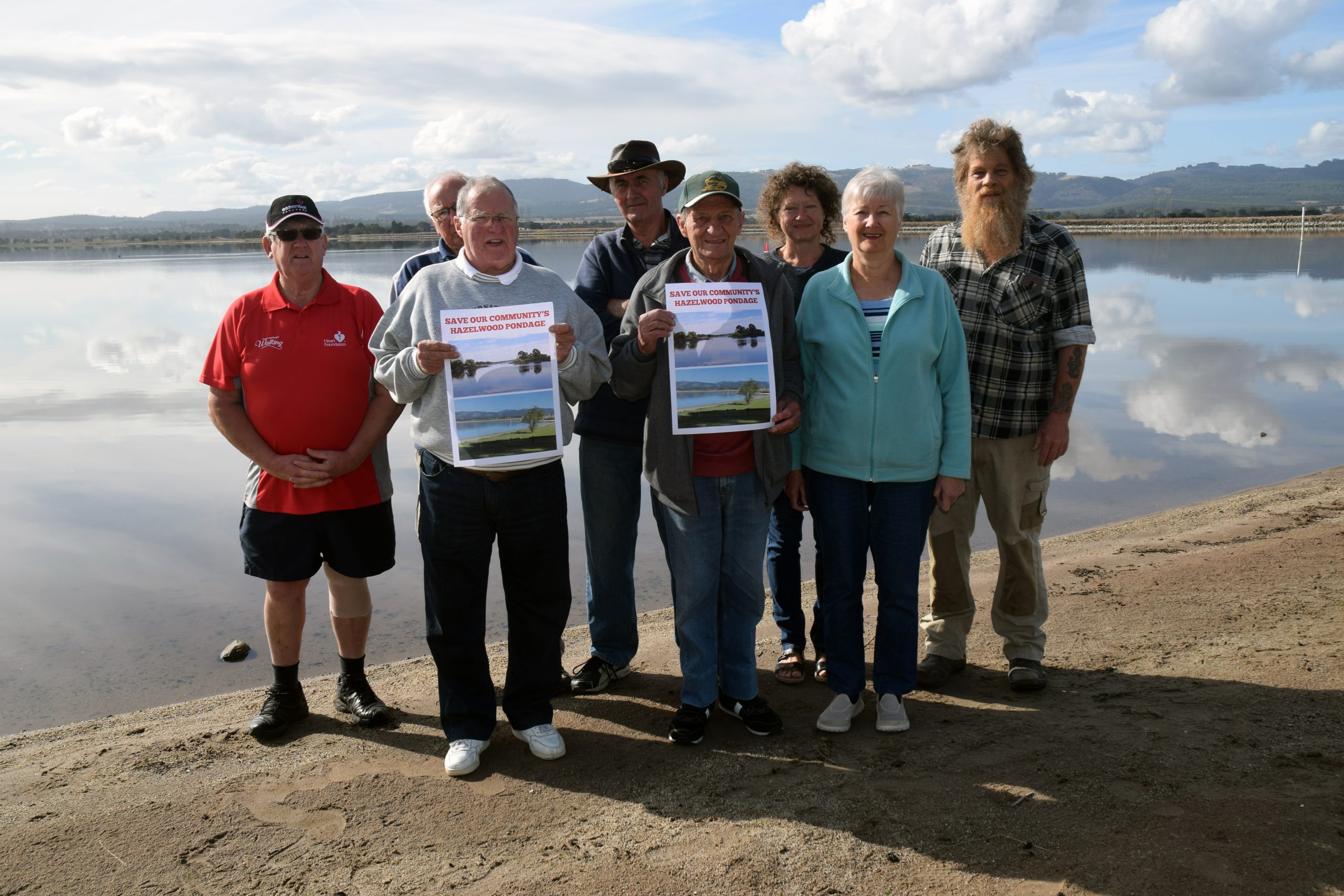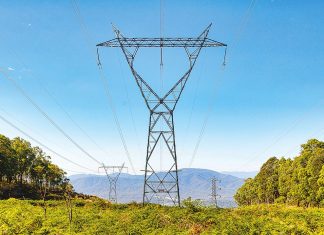By PHILIP HOPKINS
FEARS about potential for deaths and long-term health impacts from a nuclear accident are highly exaggerated, visiting engineers told the nuclear industry forum in Morwell.
The meeting, held in the Morwell RSL, was addressed by Robert Parker, who has a Master of Nuclear Science, and Dr Robert Barr, former president of the Electric Energy Society of Australia. The forum, attend by around 150 people, was organised by Nuclear for Climate Australia and a pro-science environment group, WePlanet Australia.
Questioned about the Fukushima catastrophe in Japan, Mr Parker said 19,000 people died from the tsunami.
“That is the tragedy of Fukushima. Fukushima was a very bad industrial incident,” he said.
The nuclear meltdown in an uncontrolled environment that they had at that time due to the tsunami, was a most incredible mix of bad luck.
“No one died as a result of the nuclear damage,” he said.
The issue had been well documented, including by the United Nations scientific community on atomic radiation and other substantial amount of reports.
A 2021 report by the UN Scientific Committee on the Effects of Atomic Radiation found no adverse health effects among non-worker Fukushima residents had been documented that were directly attributable to radiation exposure from the incident.
Mr Parker said that in 2014, the Canadian Safety Commission commissioned a report by the government on the effects of a significant event at Pickering nuclear power station in Ontario. The scenario was that four nuclear plants went down at one time. They found an incontestably small loss of life provided the right emergency protections were in place.
“People are rightly concerned, as questioner was, about these potential problems. The fact is, it’s not the disaster scenario you think,” Mr Parker said.
Dr Barr agreed that the risk was very small.
“If you don’t take that risk, the zero emission goals will go out the window because I don’t think they can be met without nuclear in the mix. Costs will go up and our standard of living will fall,” he said.
“We will export more industries offshore as is doing now. Any industry now dependent on electricity to any degree will head out of Australia to other places like India and China where electricity costs are going to be much lower. Look at the alternatives. not just the risks, the benefits that come with it.”
Mr Parker said using a lot of nuclear to drive to an ultra lower emissions level, even also by extending the coal, “over the long run you will have 50 per cent (fewer) emissions in total by 2100”.
“We must also remember, as we are seeing in NSW right now, Eraring (power station) is being propped up, it will not close. You’ll probably see a continuation of brown coal plants here in Victoria because politicians will not want to see rises in electrical prices; they will hurt the economy,” he said.
If continuing that coal plant without building nuclear at the same time, when will those compromises ever end?
“That’s the problem we have to confront. We’ve seen how long it’s taking to build Snowy 2. It’s looking down the barrel at $20 billion for something that does not generate electricity, it just stores it. Yet that will be passed onto our bills. Pumped storage in South Australia is not being built,” Mr Parker said.
“The storage we need to enable the renewables system long-term, the energy shifts from summer to winter, to enable things to happen, are not happening – we need a reality check.”
One questioner maintained that nuclear plants used seven times as much water as coal, which locally still had water allocations for up to 50 years that was needed for mine rehabilitation to create lakes.
“The Latrobe River system flows into Ramsar Gippsland Lakes, they are rivers impoverished by flows… where will water for nuclear plants come from?”, the questioner asked.
Mr Parker said the amount of water required for a nuclear plant was about 20 per cent more than a coal plant, not seven times – “that is totally incorrect”.
“If we built four of those I mentioned, 4.8 gigawatts of AP1000 (nuclear plant type), that would be about the amount of water required by Hazelwood, Yallourn and the Loy Yang stations. It’s roughly equal,” he said.
“If push comes to shove, in our climate-challenged future, and it gets hotter, then we need to look at solutions in the US. The largest nuclear plant in the US, in the Arizona desert, gets all its water from Phoenix, Arizona. In terms of used water out of those communities, we could look at that type of supplement from metropolitan Melbourne to support it. You have the holes to fill it.”
One questioner asked why not put nuclear plants on the coast with a desalination plant? Every drop of water was needed for irrigation, even in the Latrobe Valley, while western Victoria was in drought and was suffering a 40 per cent rainfall decline. Also, uranium resources could be depleted by 2080.
Mr Parker acknowledged that placing nuclear plants on the coast was “a very good point”.
“In Australia, we could use coastal sites for nuclear plants – I agree. Notwithstanding that, a selection can be placed in places like Latrobe. They provide jobs for the people in these towns, a population that desperately needs new infrastructure and jobs. We do need to look at the issue of coastal sites,” he said.
Mr Parker said uranium depletion was a problem, but thought the time span was more likely 200 years.
“As world increases the amount of nuclear, it will become a pressing issue. China is currently developing nuclear out of sea water. When we get into the next fleet of Generation 4 reactors, that will be ‘cheap as chips’ to extract that,” he said.
“In effect, the world has an infinite supply of uranium to power the world for tens of thousands of years using fast reactors and sea water. When you go to that process, you derive 30 times more energy out of the same amount of uranium as we currently get. The future is not as bleak as you make it.”












